Janet Courtney – Touch and Boundary Setting in Child Counseling & Classrooms: Interventions to Manage Challenging and Ethical Dilemmas
$124 Original price was: $124.$35Current price is: $35.
[Available Download] – Instant download access after purchase
- Faculty:
- Janet Courtney
- Duration:
- 5 Hours 57 Minutes
- Format:
- Audio and Video
- Copyright:
- Dec 06, 2017
- Skills for working with autism, attachment, aggression, ADHD, physical & sexual abuse
- Play therapy techniques to help kids establish healthy boundaries
- Professional and legal boundaries around safe physical contact in therapy
- Touch best-practice guidelines
- Why the problem with touch & children?
- Touch with children vs adults
- “No touch” policies—More harm than good?
- Touch and your code of ethics
- Male vs female practitioner liability
- Examining the “slippery slope” argument
- Current research
- Oxytocin—the “calming & connectivity” hormone
- Cortisol & hurtful or stressful touch
- Parasympathetic nervous system (PNS)
- C-tactile fibers—Emotional touch
- Sensory mirror neurons – develop empathy and interconnectivity
- Psychoeducation
- Types of touch: child initiated, practitioner initiated, task-oriented, referential…
- Child’s age, gender, diagnosis
- Theoretical approach
- Cultural, religion, and more…
- Recommendations for working with physically & sexually abused children—attunement/ proximity/cues
- Alternatives to physical restraint – interventions for physically aggressive kids/teens
- Skills for working with children diagnosed with autism, reactive attachment disorder, ADHD (attunement/proximity/cues)
- Child Restraint—informed consent sample
- Managing inappropriate touching by the child
- Developmental differences: infants, children, teens
- Developmental play therapy—touch and attachment disorders
- DIR/floortime and children with autism
- FirstPlay®–facilitating corrective (and preventive) experiences of touch between infants and parents
- Touch in animal assisted therapy
- Peer-to-peer massage in schools
- Touch in groups: dance & movement/bereavement/play therapy
- Case Examples
- Knowing your own proximity space boundaries & comfort
- Side hugs & acceptable touch alternatives
- Practice setting appropriate boundaries with children
- Professional touch survey small group discussion
- Practice boundary setting interventions—through mock demonstrations
- “Captain May I”
- ‘Red Light, Green Light’
- Hula hoop Personal Space
- “My No Touch Square!” chant activity
- Creating safe boundaries in the sandtray & clay
- Case study examples to apply to practice
- Aristotle’s “Practical Wisdom”
- 5 core competencies in touch
- Clinical & ethical touch guidelines
- Liability risk management— informed consent
Janet Courtney – Touch and Boundary Setting in Child Counseling & Classrooms: Interventions to Manage Challenging and Ethical Dilemmas
Description
Touch in therapy with children has long been a taboo topic and a hotbed of controversy!
We, as practitioners and educators, are challenged daily with ethical and clinical/ educational dilemmas related to touch from a child’s request for a hug, to a child inappropriately touching, to physical acts of aggression.
Join Janet Courtney, PhD, LCSW, RPT and leading expert in the field of touch, in this ground-breaking workshop. You will learn the current research related to the neurobiology of touch and attachment, plus the varied mediating factors that impact child initiated verses practitioner/educator initiated touch.
Discover varied touch-informed play therapy approaches that ethically intervene with child problems and diagnoses related to trauma, sexual and physical abuse, domestic violence, ADHD, anxiety, and attachment.
You’ll walk away with new interventions to successfully manage in-the-moment challenging touch behaviors, as well as play therapy-based techniques to help kids and teens establish healthy touch boundaries. Increase your professional awareness and competency through lab activities, and clinical and ethical touch guidelines to immediately lower concerns of liability.
Handouts
| Manual 053095 (6.29 MB) | 69 Pages | Available after Purchase |
Outline
Breaking down the Touch Controversy
Neurobiology of Touch
Assessing Mediating Factors of Touch
Case Examples/Ethical Dilemmas – Respond, Intervene & Set Safe Boundaries in Clinics/Classrooms
Play Therapy & Assessments – Touch as an Intervention
Lab Experiential—Growing Professional Self-Awareness
Become a “Touch Educator” with Creative Play-Based Interventions
Growing Ethical Competency in Touch
Faculty

Janet Courtney Related seminars and products: 5
Janet A. Courtney, PhD, LCSW, is founder of FirstPlay Therapy® and an adjunct professor at Barry University School of Social Work, Miami Shores, FL. She is a Registered Play Therapy- Supervisor, TEDx speaker, a StoryPlay® facilitator, and is past President of the Florida Association for Play Therapy. She has publications in the International Journal of Play Therapy, the American Journal of Art Therapy, and the Journal of Therapeutic Horticulture, and is a contributing author for the chapter, Touching Autism through Developmental Play Therapy, in the book, Play-based Interventions for Children and Adolescents with Autism Spectrum Disorders. Dr. Courtney also has a book coming out in Spring, 2017, Touch in Child Counseling and Play Therapy: An Ethical and Clinical Guide.
She offers a certification in FirstPlay Therapy® (including FirstPlay® Infant Massage Storytelling). She has been invited to speak nationally and internationally including the Cayman Islands, England, Ireland, Morocco, Russia and the Ukraine. She specializes in infant mental health, attachment, and trauma related issues. Dr. Courtney’s new form of Kinesthetic Storytelling® can be found in her children’s book, The Magic Rainbow. Visit her website at www.FirstPlayTherapy.com for more information.
Speaker Disclosures:
Financial: Janet Courtney is founder of FirstPlay™ Therapy. She is in private practice and an adjunct professor at Barry University. Dr. Courtney receives a speaking honorarium from PESI, Inc.
Non-financial: Janet Courtney is a member of the National Association of Social Workers.
Be the first to review “Janet Courtney – Touch and Boundary Setting in Child Counseling & Classrooms: Interventions to Manage Challenging and Ethical Dilemmas” Cancel reply
Related products
Medical & Health
Medical & Health
LearningHerbs – Five Phases: The Nature of Your Health Audio Course
Medical & Health
Medical & Health
Dialectical Behavior Therapy (DBT): 4-day Intensive Certification Training Course (Digital Seminar)
Medical & Health
Medical & Health
Medical & Health

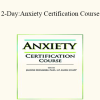

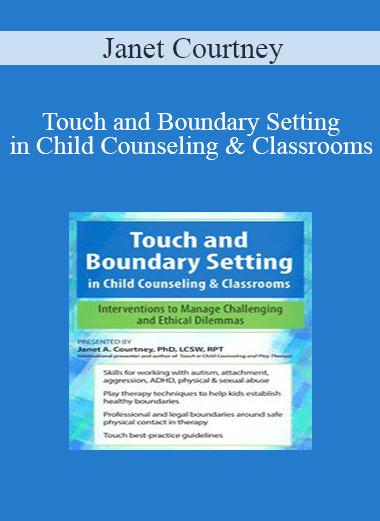
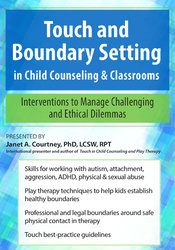
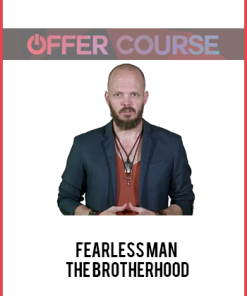
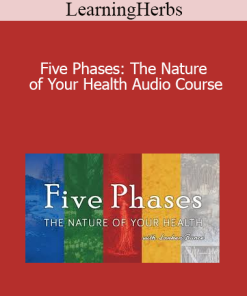

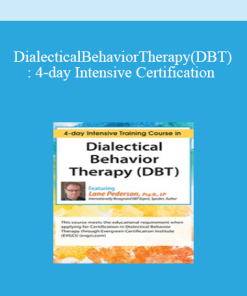

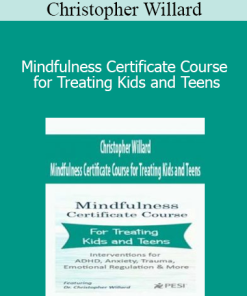

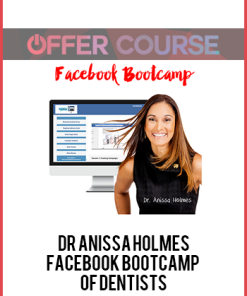
13 reviews for Janet Courtney – Touch and Boundary Setting in Child Counseling & Classrooms: Interventions to Manage Challenging and Ethical Dilemmas
There are no reviews yet.